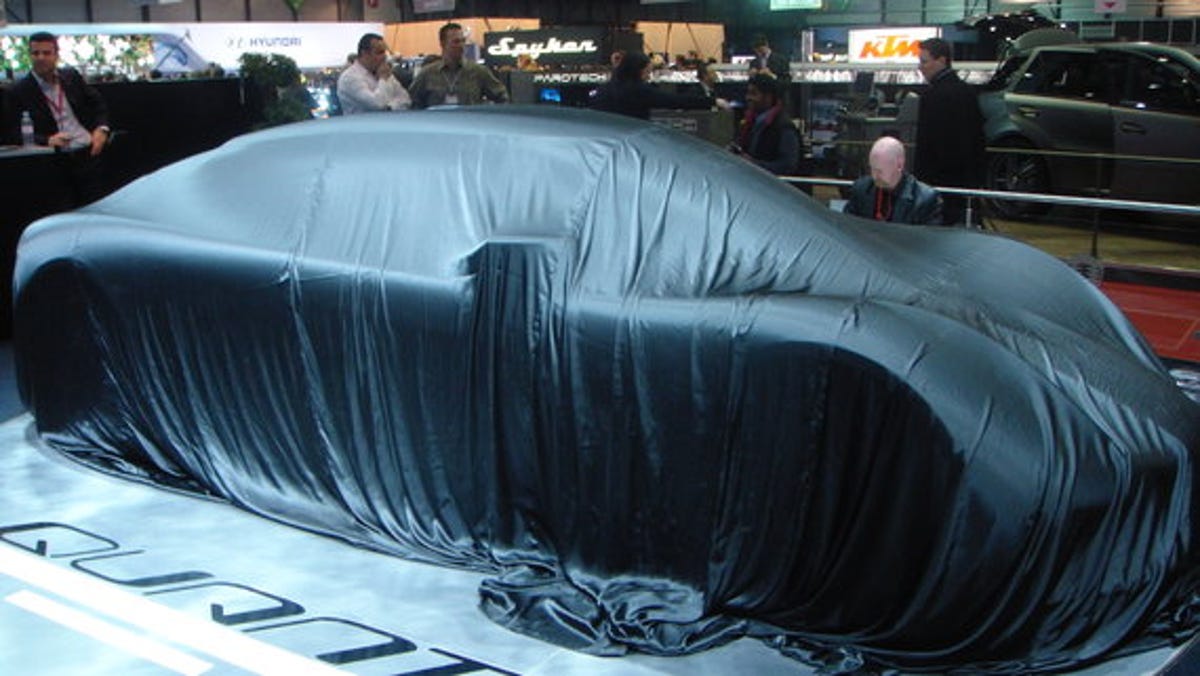Koenigsegg Quant: Solar-powered, four-seater electric sports car
Koenigsegg, one of the most respected supercar makers on the planet, has just announced an all-electric sports car that could give the Tesla Roadster a run for its money

Koenigsegg, one of the most respected supercar makers on the planet, has just announced an all-electric sports car that could give the Tesla Roadster a run for its money. It's called the Quant, and it is -- to our knowledge -- the first all-electric sports car that includes solar panels and space for four adults, not to mention all mod-cons and enough grunt to rival a Porsche Boxster.
The car was devised primarily by solar-electric propulsion company NVL Solar AG, whose stunning design influenced Koenigsegg to help build a prototype. The final model will be powered by twin AC induction motors, developing 512bhp and a massive 715nm of torque. This, according to Koenigsegg, is enough to send it from 0-62mph in 5.2 seconds and on to a top speed of 171mph. Its range, when driven sensibly, is 310 miles, which is impressive considering the Tesla falls off the road at 244 miles.
The secret to its performance is its dual motors, one of which lives in each rear wheel. These draw power from the car's Flow Accumulator Energy Storage system (or battery, in layman's terms), and a thin photovoltaic-coating surface (solar cells) working in tandem. Once power is exhausted, the vehicle can achieve a full re-charge within 20 minutes via a high-amp power outlet, although it'll take mere mortals with ordinary household plugs several hours.
Once you're up and running again, you and three fully-grown friends can slink past the huge gullwing doors and enjoy all the creature comforts: electronic rear-view mirrors, TV screens for all passengers, a sound system with GPS and Bluetooth telephone, leather upholstery, central locking and climate control.
The Quant is still in the prototype stage, but here's hoping Koenigsegg throws its weight behind the project and brings it to fruition sooner rather than later. We'll have video footage in a matter of hours, but in the meantime, hit the 'Continue' link below to look at our lovely pictures.